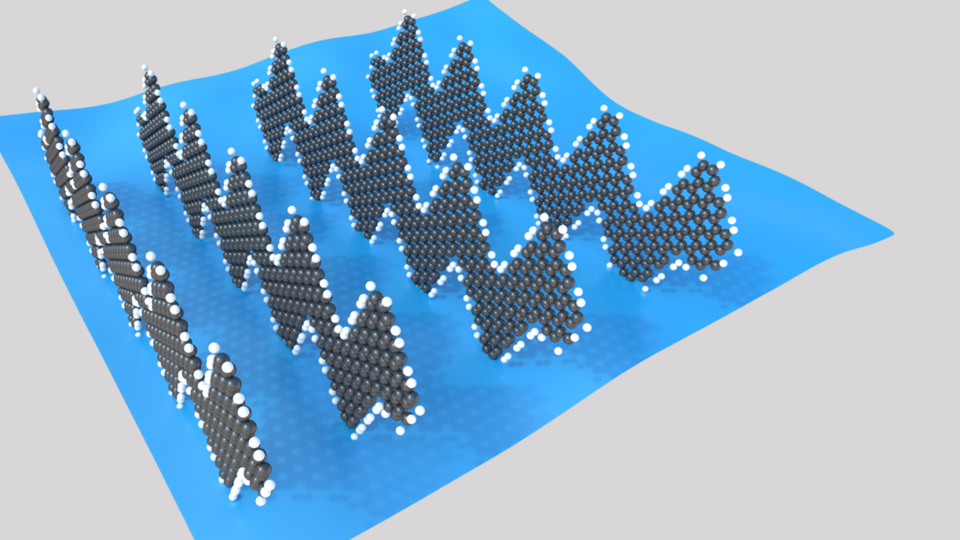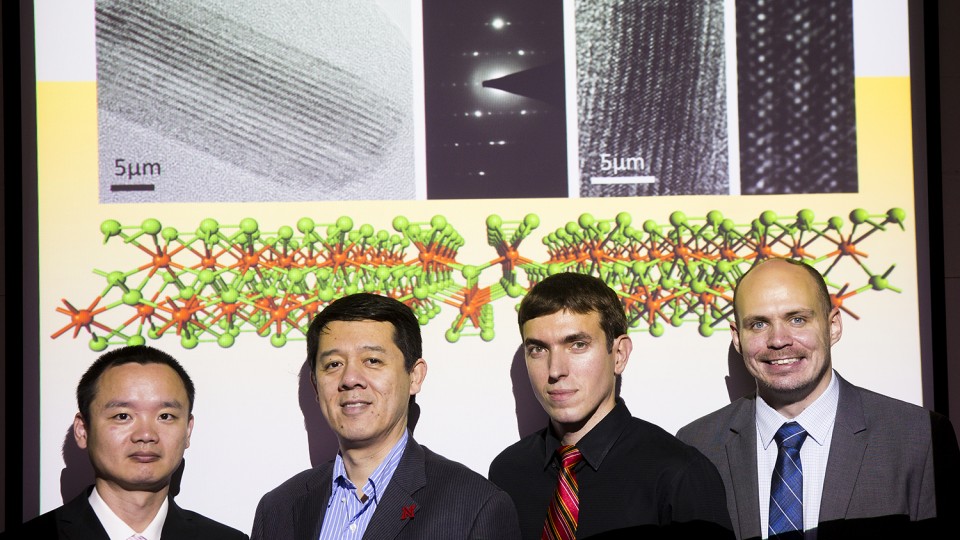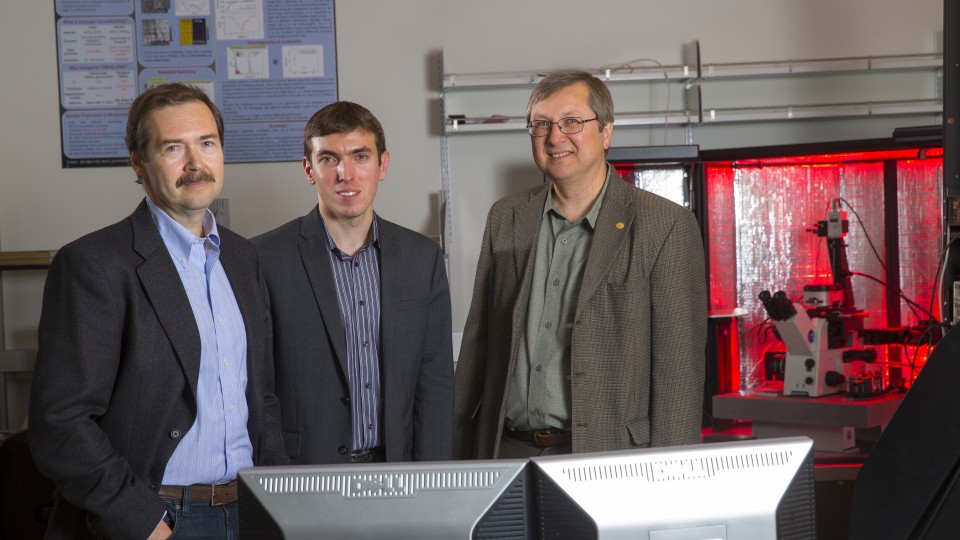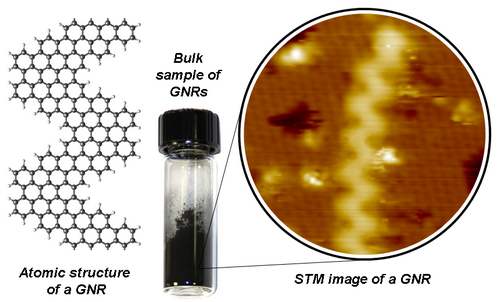[Team demonstrates rare form of ferroelectricity in ultra-thin material | University Communications | 04/27/2022]
The nanoscopic equivalent of stacking a deck of cards — layering materials a mere few atoms thick atop one another — has emerged as a favorite pastime of material scientists and electrical engineers worldwide.
Just as cards can differ by suit and value, the properties of those atomically thin 2D materials can vary, too: electronically, magnetically, optically or in any number of other ways. And much like combining the right cards can yield valuable hands, the right combinations of 2D materials can yield technologically valuable outcomes.

Alexey Lipatov / npj 2D Materials and Applications/ Springer Nature
Continue reading






